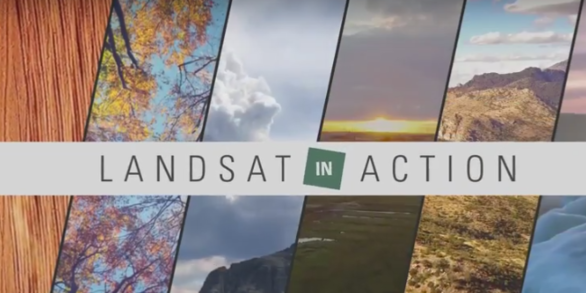This graphic displays the cumulative volume of all operational Landsat products downloaded from the USGS EROS Landsat archive since December 2008 (FY 2009).
This graphic is comprised of the volume of data downloaded from the following Landsat products:





















